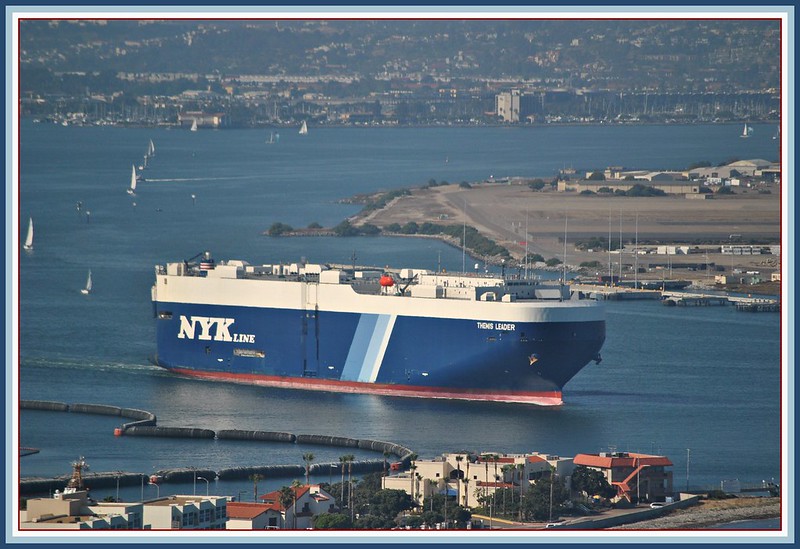As Japan’s imports of LNG for power plants continues to slide, in part due to decarbonization, a new domestic buyer is emerging. The country’s shippers are betting that super-chilled LNG will provide a near-term option to make a significant dent in their emissions.
There are just three LNG-fueled ships operating in Japan at present, with most of the rest running on oil-based bunker fuel. That number is due to jump by a factor of 40 or more within this decade as part of the second of a three-stage transition by Japanese shipping towards net-zero emissions by mid-century.
According to the World Bank, however, that’s a mistake. The bank recently called on the shipping industry in Japan and elsewhere to skip LNG’s “transitional” stage and make a direct leap into zero-emissions vessels.
While Japan is also developing ships that will run on electricity, hydrogen, or other CO2-free sources, the country sees those technologies as commercially viable only closer to 2030. In the meantime, key clients such as automakers are demanding cuts in emissions now.
The need to act quickly has over the last couple of months accelerated a multi-billion-dollar investment drive into LNG, a move that could lock Japan’s shipping into using the fuel for at least two decades.

